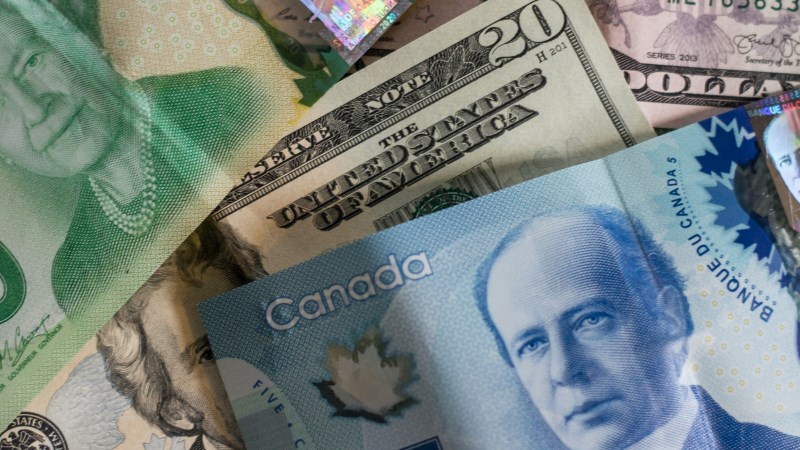The dollar has dropped to a four-year low just as Canadians are planning their winter getaways. But industry experts don’t seem overly concerned that this will dampen the winter travel season.
The loonie dipped below 72 cents on the U.S. dollar for the first time since 2020 on 30OCT, and it remained there by 04NOV. The drop follows a cut in the Bank of Canada interest rate. And at least one financial analyst predicts a Trump victory could strengthen the U.S. dollar, driving the loonie below 70 cents on the greenback.
A lower loonie means higher prices for flights, beds and challenges on-the-ground buying power of Canadian tour operators. Which in turn is passed on to consumers. So far, pricing has remained stable as most airlines and operators had negotiated rates and hedged on fuel prior to the drop.

“The lower Canadian dollar has in the past slowed international leisure travel, but at this time there is no indication it will affect the 2024-25 winter season,” Lyell Farquharson, President TTI Travel, told Open Jaw. “Canadians will continue to travel south this winter.”
However, if the loonie continues to decline next year, said Farquharson, “I would expect to see some negative effect on the 2025 fall and 2026 winter leisure travel.”
Business travel is affected by economic conditions in the U.S. and Canada, he added, but “as long as GDP and employment grows, business travel will continue to grow.”
“Suddenly, if you look at the price, and say ‘Gee, that’s not too bad’, but then realize it’s in American dollars and have to add a third more to it, it makes travel abroad difficult,” economist Roslyn Kunin told Toronto.com “We’re more attractive for tourists to come here, but it’s more difficult for us to go abroad.”
“Any large increase or decrease will impact demand in particular those that do not have disposable income,” another industry expert told Open Jaw.
“When that starts to eat into mortgage, food, education and or other household expenses, travel is deferred.”
They argue that Canadian leisure travellers are sensitive to changes in currency — among many other factors, citing studies showing that even a 1% increase in fares could lead to a similar decrease in demand. That’s because leisure travellers have the flexibility to postpone or cancel international trips.

And yet, historically, the market has moved to mitigate that impact, said Richard Vanderlubbe, president of TripCentral.ca.
“Sometimes when [the exchange rate] crosses a psychological barrier like 1.4, 1.5 or 1.6 as it has in the past, it lowers demand for things priced in USD,” he noted. “But then the Canadian exchange marketing programs kick in.”
The Canadian Snowbird Association has some perennial tips for low loonie periods on its website, like using points for airfare or discovering a new destination like Mexico, where the currency is also weak.
Canadians do have purchasing power in Latin America, many parts of Asia, and even Australia and New Zealand, where the loonie buys $1.09 and $1.20, respectively, as of 04NOV. Other destinations where Canadians can stretch a dollar right now: parts of Eastern Europe like Poland, and surprisingly, Japan.

